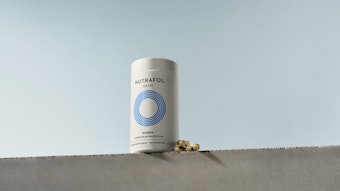Formulating personal care products calls for a diversity of ingredients, as does cooking. This article, the third in a four-part series, highlights connections between cooking chemistry and personal care product development, including reactions that occur and how to best utilize these reactions. The present article discusses sugar and grains; previous articles have covered dairy products including eggs and milk,1 and meat and poultry;2 the fourth will focus on flavors and spices of life.
The Science of Sugar
Sugar chemistry includes natural and synthetic sugars. Natural sugars—marketed generically as honey, maple syrup, beet sugar, cane sugar, molasses, agave syrup and fructose (fruit sugar)—include saccharides and sugar alcohols. Synthetic sugars include aspartamea, sucraloseb, saccharin, acesulfame potassium, cyclomate and steviosidec.
Simple sugars are considered saccharides, which are classified as carbohydrates. In general, saccharide chemistry refers to the attachment of a hydroxyl group on a carbon atom, along with an aldehyde or ketone functional group within the ring structure of the molecule. Utilizing saccharide chemistry, molecules produced from living organisms or bio-molecules in sugar usually function to store and transport energy as well as provide structural integrity to the molecule (see Figure 1).










